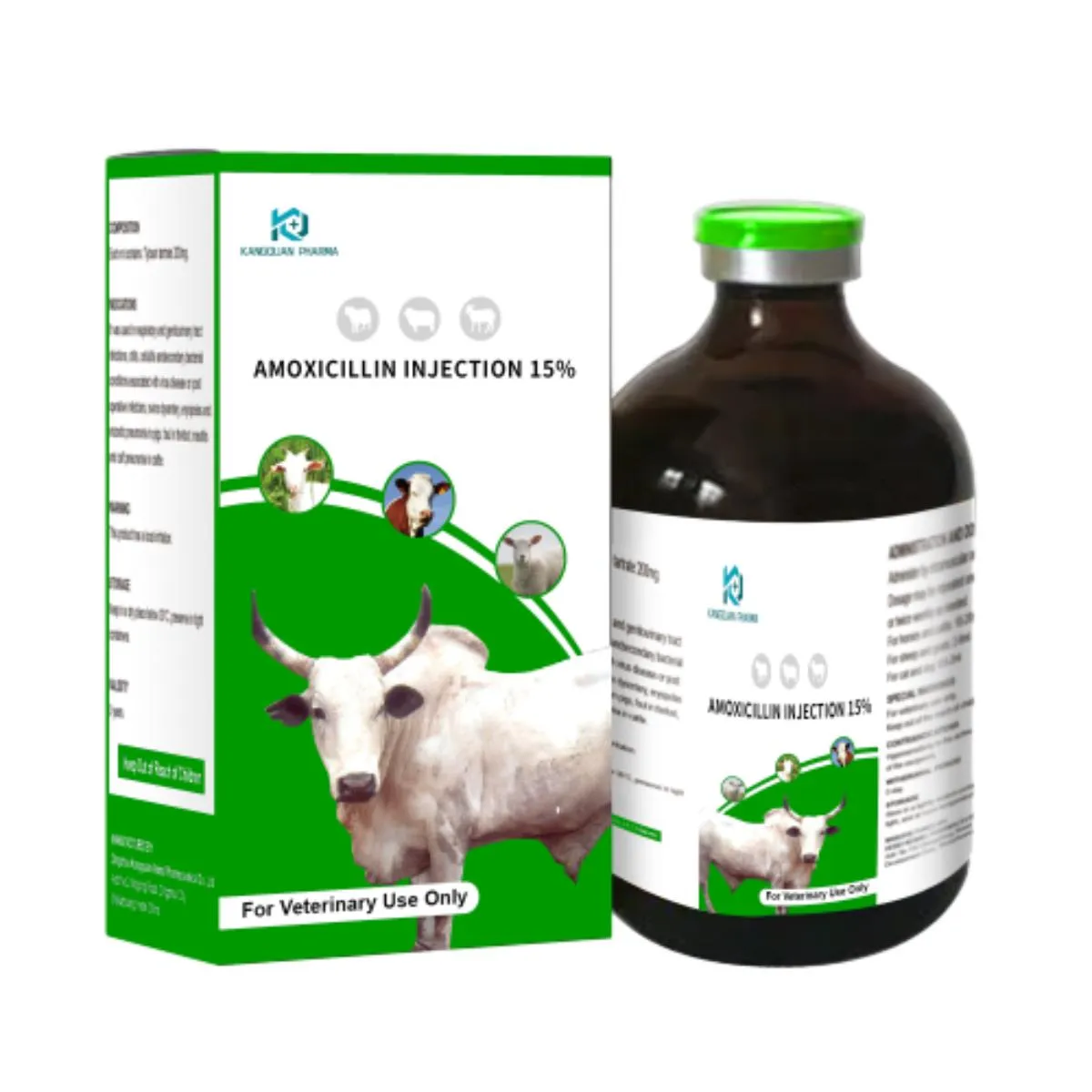- Afrikaans
- Albanian
- Amharic
- Arabic
- Armenian
- Azerbaijani
- Basque
- Belarusian
- Bengali
- Bosnian
- Bulgarian
- Catalan
- Cebuano
- Corsican
- Croatian
- Czech
- Danish
- Dutch
- English
- Esperanto
- Estonian
- Finnish
- French
- Frisian
- Galician
- Georgian
- German
- Greek
- Gujarati
- Haitian Creole
- hausa
- hawaiian
- Hebrew
- Hindi
- Miao
- Hungarian
- Icelandic
- igbo
- Indonesian
- irish
- Italian
- Japanese
- Javanese
- Kannada
- kazakh
- Khmer
- Rwandese
- Korean
- Kurdish
- Kyrgyz
- Lao
- Latin
- Latvian
- Lithuanian
- Luxembourgish
- Macedonian
- Malgashi
- Malay
- Malayalam
- Maltese
- Maori
- Marathi
- Mongolian
- Myanmar
- Nepali
- Norwegian
- Norwegian
- Occitan
- Pashto
- Persian
- Polish
- Portuguese
- Punjabi
- Romanian
- Russian
- Samoan
- Scottish Gaelic
- Serbian
- Sesotho
- Shona
- Sindhi
- Sinhala
- Slovak
- Slovenian
- Somali
- Spanish
- Sundanese
- Swahili
- Swedish
- Tagalog
- Tajik
- Tamil
- Tatar
- Telugu
- Thai
- Turkish
- Turkmen
- Ukrainian
- Urdu
- Uighur
- Uzbek
- Vietnamese
- Welsh
- Bantu
- Yiddish
- Yoruba
- Zulu
júl . 26, 2024 04:03 Back to list
Exploring the Uses and Benefits of Amoxicillin Clavulanate Injection in Clinical Treatments
Amoxicillin-Clavulanate Injection A Comprehensive Overview
Amoxicillin-clavulanate, commonly known by its brand name Augmentin, is a widely used antibiotic combination that plays a crucial role in the treatment of various bacterial infections. This medication pairs amoxicillin, a penicillin derivative, with clavulanate potassium, a beta-lactamase inhibitor. The combination enhances the effectiveness of amoxicillin against bacteria that produce beta-lactamase enzymes, which would otherwise render the antibiotic ineffective.
Mechanism of Action
Amoxicillin works by inhibiting bacterial cell wall synthesis, leading to cell lysis and death of susceptible bacteria. However, certain bacteria have evolved to produce beta-lactamase enzymes that can deactivate many penicillins, including amoxicillin. Clavulanate potassium complements amoxicillin by inhibiting these beta-lactamase enzymes, thereby preserving the antibiotic's effectiveness against resistant bacterial strains. This synergistic action makes amoxicillin-clavulanate a potent choice for treating infections caused by both susceptible and resistant bacteria.
Indications
Amoxicillin-clavulanate injection is often prescribed for a variety of infections, including
1. Respiratory Tract Infections Conditions such as pneumonia, sinusitis, and bronchitis are frequently treated with this antibiotic, especially when caused by beta-lactamase-producing strains. 2. Urinary Tract Infections (UTIs) It is effective against uncomplicated and complicated UTIs, a common issue faced by patients of all age groups.
amoxicillin clavulanate injection

4. Ear, Nose, and Throat Infections Conditions like otitis media and tonsillitis can be effectively addressed with amoxicillin-clavulanate.
5. Intra-abdominal Infections The drug is also indicated for certain infections occurring in the abdominal cavity, where polymicrobial flora may be present.
Administration and Dosage
The administration of amoxicillin-clavulanate is typically done via injection in healthcare settings. The dosage may vary based on the severity of the infection and patient-specific factors like age, weight, and renal function. It is crucial for healthcare providers to tailor the dosage to the individual needs of each patient to optimize therapeutic outcomes while minimizing adverse effects.
Adverse Effects
While amoxicillin-clavulanate is generally well-tolerated, it is not without potential side effects. Common adverse reactions may include gastrointestinal disturbances such as nausea, vomiting, and diarrhea. Allergic reactions can occur, particularly in patients with a history of penicillin allergies, ranging from mild rashes to serious anaphylactic responses. It is vital for healthcare providers to assess patient histories and monitor for any signs of adverse reactions during treatment.
Conclusion
Amoxicillin-clavulanate injection remains a cornerstone in the treatment of bacterial infections, particularly those complicated by resistance mechanisms. Its dual-action formulation allows it to tackle a broader spectrum of bacteria compared to amoxicillin alone, making it an essential tool in modern antibiotic therapy. As with any medication, the successful use of amoxicillin-clavulanate relies on appropriate prescribing practices, patient education, and vigilance for potential side effects. The continued study and understanding of resistance patterns will further enhance the effectiveness of this valuable antibiotic combination in clinical practice.
-
Guide to Oxytetracycline Injection
NewsMar.27,2025
-
Guide to Colistin Sulphate
NewsMar.27,2025
-
Gentamicin Sulfate: Uses, Price, And Key Information
NewsMar.27,2025
-
Enrofloxacin Injection: Uses, Price, And Supplier Information
NewsMar.27,2025
-
Dexamethasone Sodium Phosphate Injection: Uses, Price, And Key Information
NewsMar.27,2025
-
Albendazole Tablet: Uses, Dosage, Cost, And Key Information
NewsMar.27,2025













